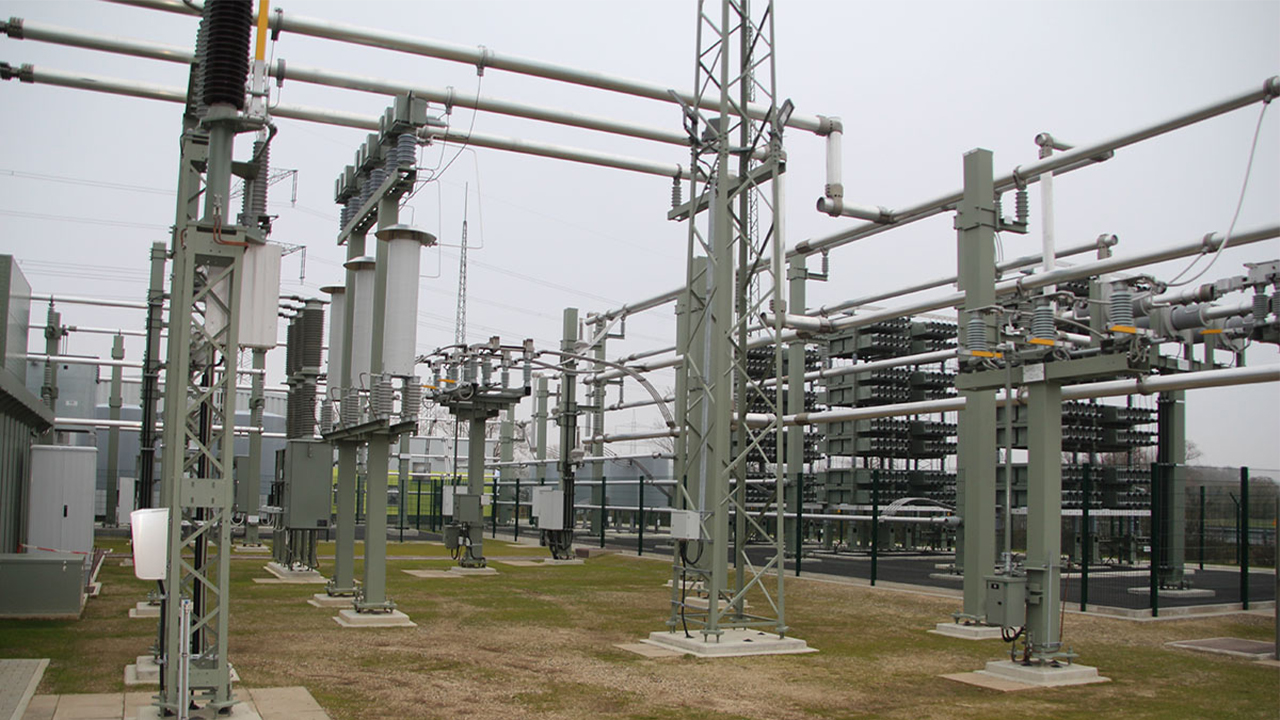STATCOM - Hybrid

With high power semiconductors becoming commercially available, STATCOM (Static Synchronous Compensator) technology began being deployed in the late 1990s. Hitachi Energy STATCOM, under the brand name of SVC Light®, is based on chain-link modular multilevel (MMC) voltage source converters (VSC), particularly adapted for power system applications. It is capable of providing high reactive power in grids more or less unimpeded by suppressed voltages, and with a high dynamic response. Further development has combined VSC technology with that of thyristor-based SVC (Static Var Compensator), combining the best of both technologies and offering joint benefits by incorporating Thyristor Switched Capacitors (TSC) and Thyristor-Switched Reactors (TSR) to create a Hybrid STATCOM solution.
In general, STATCOM comes into the picture where available space in substations is scarce, the reactive power output needs to be controllable more or less independent of the AC system voltage, or a speed of response is desired one order of magnitude greater than what is possible with thyristors. Also, VSC based solutions are less sensitive and dependent on network conditions. Harmonic filters in classic SVCs are a weak point, as their performance depends entirely on the harmonic impedance of the network.
STATCOM in itself provides a symmetrical operating range. For asymmetrical operation and in order to optimize performance, Hybrid STATCOM may be the best solution, in particular for very large Mvar operation ranges. In these cases, the STATCOM power can be supplemented by thyristor switched branches to attain the desired Mvar output. TSR (Thyristor Switched Reactor) provides extension of the inductive range, whereas TSC (Thyristor Switched Capacitor) provides extension of the capacitive range of the device. By means of fast switched thyristor valves in joint operation with the VSC, TSR and TSC enable rapid, repeated and transient free switching of reactive elements (reactors and capacitors).
- Hybrid STATCOM offers easy extension of dynamic range, lower total losses, and superior contingency handling.
- Adding a TSR branch gives superior overvoltage performance.
- With a TSC branch, fast blocking can be applied to prevent overvoltage after fault clearing.
Multilevel VSC based STATCOM has low harmonic generation. As neither TSC nor TSR add any harmonics to the picture, Hybrid STATCOM has low harmonic generation, too. As a benefit, no low order harmonic filters are required in the installation.
STATCOM as well as Hybrid STATCOM for power transmission applications normally make use of a power transformer between the grid and the medium voltage busbar. On this bus the VSC is connected in series with a coupling reactor. In addition, in the Hybrid case, TSR and TSC are added in parallel.
Related offering
Something caught your eye?
Our sales team will get in touch with you